RSS
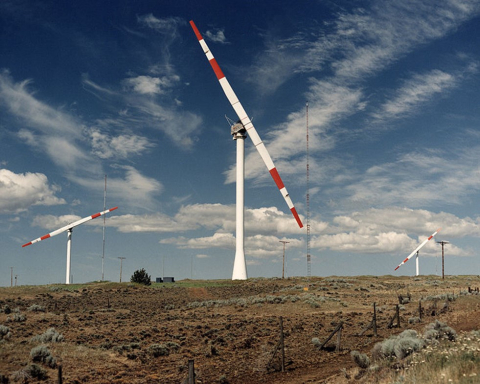

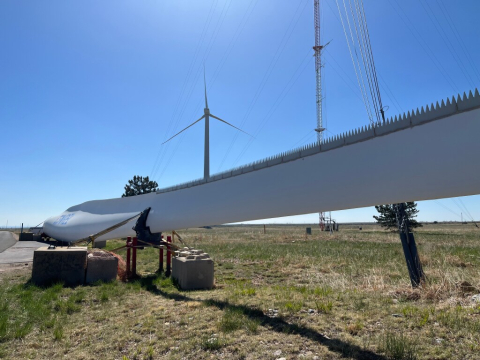
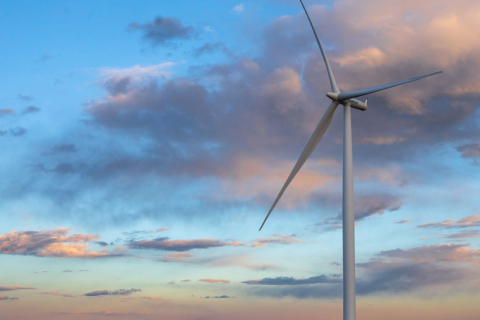
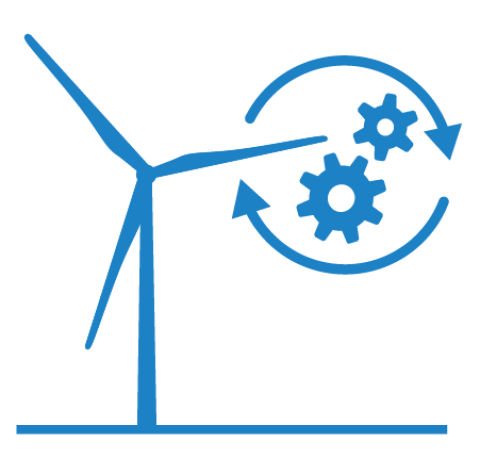
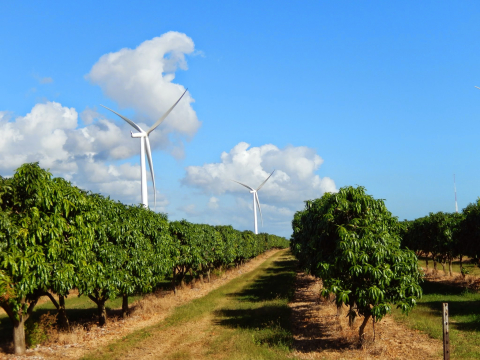
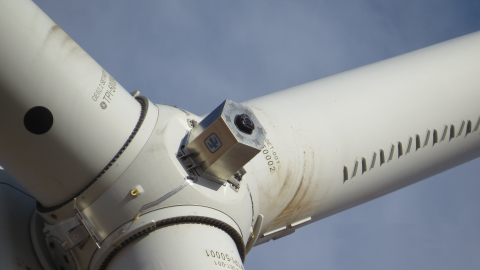
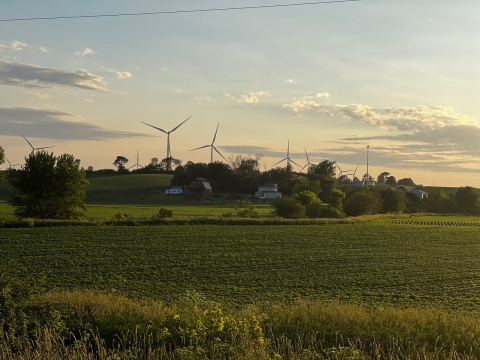

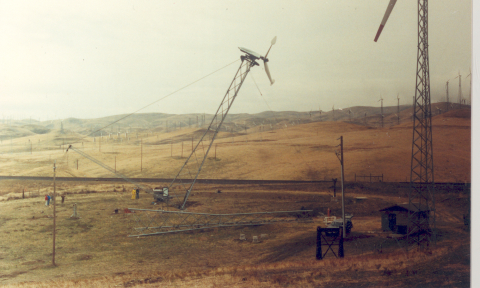
Below are stories about research efforts featured by the U.S. Department of Energy (DOE) Wind Energy Technologies Office.
Subscribe to the WETO E-Newsletter
Subscribe to the WETO e-newsletter to stay informed on the latest wind energy news, events, publications, and updates.

The DOE-NASA Mod-Series Wind Turbine Program precedes the modern wind energy industry in the United States. For over two decades, with five distinct models built, the program helped shape a cost-competitive wind energy industry through funding and R&D.

This report from Idaho National Laboratory aims to raise awareness of proven areas of high cybersecurity risk, as well as highlight mitigation tactics that can help prevent similar attacks.

A new Berkley Lab analysis finds that despite an expected future reduction in the number of turbines per power plant, the total estimated annual energy output of wind plants will increase due to larger, more powerful wind turbines.

DOE's Lawrence Berkeley National Laboratory published a study with new findings on the effects of wind energy development on home prices.

DOE's National Renewable Energy Laboratory and Oak Ridge National Laboratory recently investigated advanced manufacturing processes and materials to enable novel wind turbine blade designs that both decrease costs and increase efficiency.

The Renewable Energy Potential model can help identify optimal regions for wind plants based on factors like wind resources, land use, topography, and community preferences. It has revealed pathways to Puerto Rico’s renewable energy goals.
A WETO-funded partnership between General Electric, Sandia National Laboratories, and the National Renewable Energy Laboratory is enhancing data collection efforts to improve the accuracy of wind industry simulation tools.

Regional wind data from around the U.S. helps improve a national weather forecasting model, which allows utility companies to better plan for windy days.

A multiyear project advanced understanding of environmental effects, identified existing information gaps, and described future environmental research efforts needed to responsibly develop offshore wind energy projects in U.S. waters.

The Wind Turbine Verification Program, established in 1993, introduced electric utilities to emerging wind turbine technologies, created more confidence in wind power, and helped wind energy become the robust renewable energy resource it is today.

